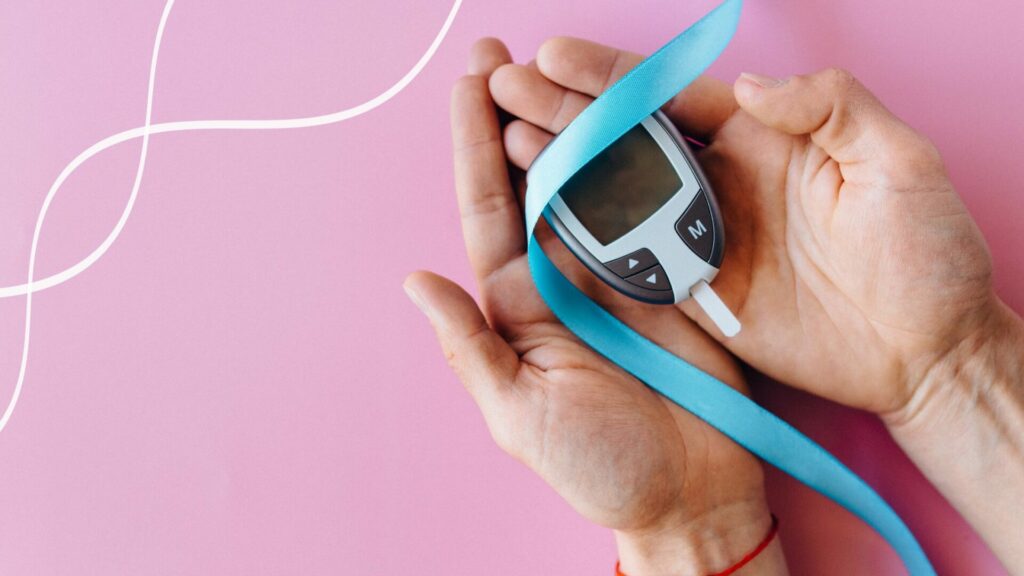
Diabetes is a prevailing health concern for many women, playing a substantial role in the onset of heart disease. Diabetes arises when blood sugars remain elevated for extended periods. Prolonged high blood sugars lead to tissue damage, contributing to various illnesses, premature aging, and even death if left untreated. Fortunately, this disease is preventable, and initiating preventive measures sooner rather than later should be a top priority. This week on Fox 17, Dr. Diana Bitner provides crucial insights for individuals with diabetes and those at risk to stay better informed about their health.
Understanding the consequences and risks associated with diabetes will help you to take inventory of your health and work toward lifestyle changes to prevent onset. Follow along as we review each step!
Like any condition, diabetes has numerous unpleasant symptoms, including:
Diabetes risks include:
Before you can make lifestyle changes and track progress, it is important to start with a health baseline.
Often, Type II Diabetes can be prevented through healthy lifestyle changes. These include:
Jane was 47 years old and gaining weight. She was so frustrated and did not get it. She was eating and exercising the same, but her jeans got tighter and tighter. Jane felt hungry all the time and tired. She was having night sweats, not sleeping well, and feeling stressed. Her blood tests showed a fasting blood sugar of 100 and an A1C of 6.0. She had prediabetes! No wonder her belly fat was nine and her waist 37 inches. To make changes, she started wearing a CGM, learned to eat differently, and prioritized sleep along with 20 minutes of daily exercise. Progress was slow, so she added Metformin, determined to get off the medication in six months. Jane now had answers and had a plan to get her health back on track.
Embrace a proactive approach to healthy aging to ensure vitality and high energy levels well into your 90’s and beyond! Prioritize understanding your vital health indicators. Request an A1C test, even if your fasting blood sugar appears normal, to know how your habits influence your health risks. Be proactive, speak up, and ask questions – it could make a significant difference and potentially save your life!
Watch the full segment.

OUR PROGRAMS
RESOURCES
CONTACT US
SUBSCRIBE